document is the actual object that is created & HTMLDocument is used to construct it. You can check it by typing document.constructor in the console, which will show HTMLDocuement in the console. JavaScript uses prototypal inheritance & according to this post, internal __proto__ property is used to navigate the prototype inheritance chain.
HTMLDcoument itself is constructed using Function constructor as any other object in JavaScript. That is why, the following statement evaluates to true.
HTMLDocument.constructor == Function // true
But HTMLDocument is intended to use as a extension for Document interface. So that, any object of type HTMLDocument must have access to all the properties of Document interface as well. In order to maintain that, __proto__ of HTMLDocuemnt is internally set to the Document object. That's why HTMLDocument.__proto__ doesn't refer to Function.prototype.
HTMLDocument.__proto__ == Document // true.
HTMLDocument.__proto__ == Function // false
The code snippet above means, HTMLDocument object will have access to all the properties from Document object via its prototype chain directly, not the Function object. And you must already know, that is for obvious reasons.
That left us with,
HTMLDocument.prototype == document.__proto__ // true
Above statement means, document object will have access to its parent HTMLDocument's prototype object, as all instance objects do.
Here is the total inheritance chain for your convenience:
document (actual object)--> HTMLDocument-->Document-->Node-->EventTarget-->Function

